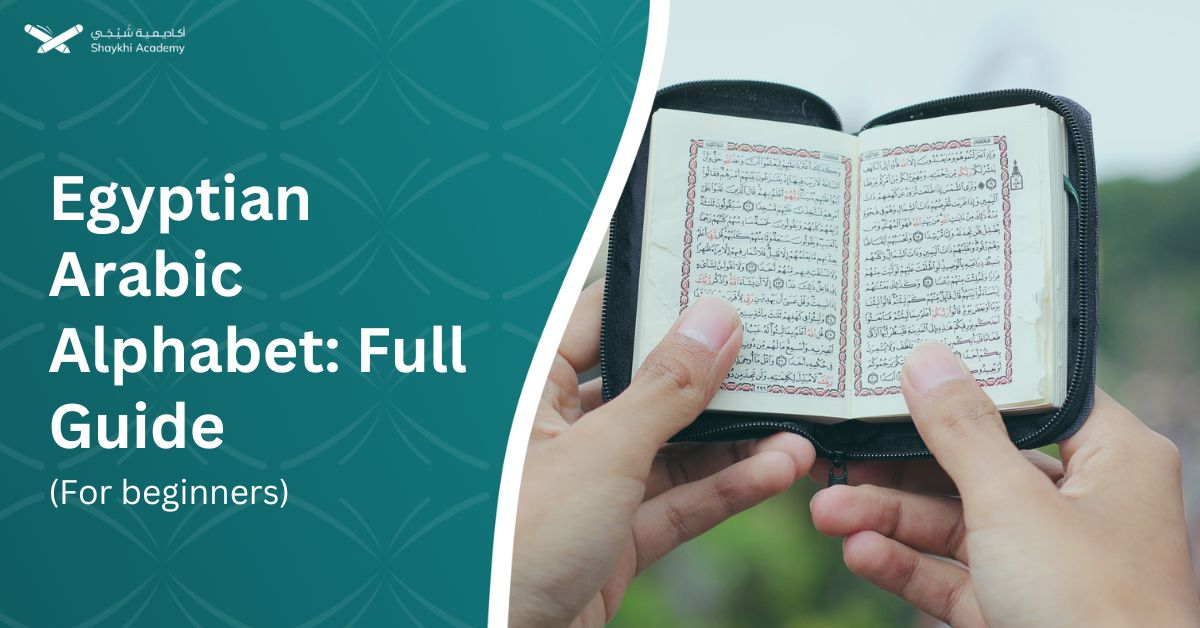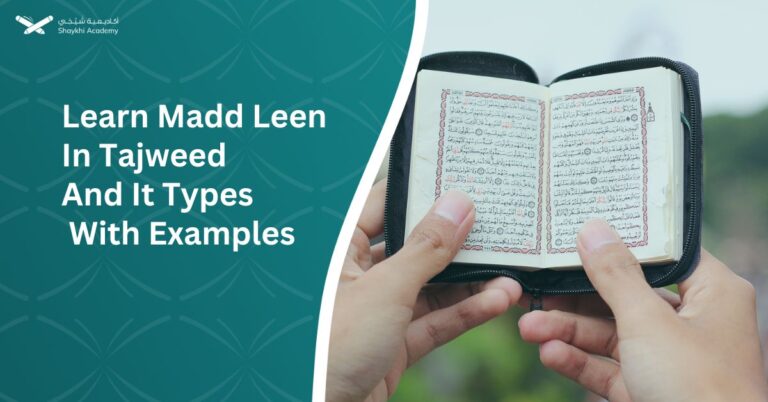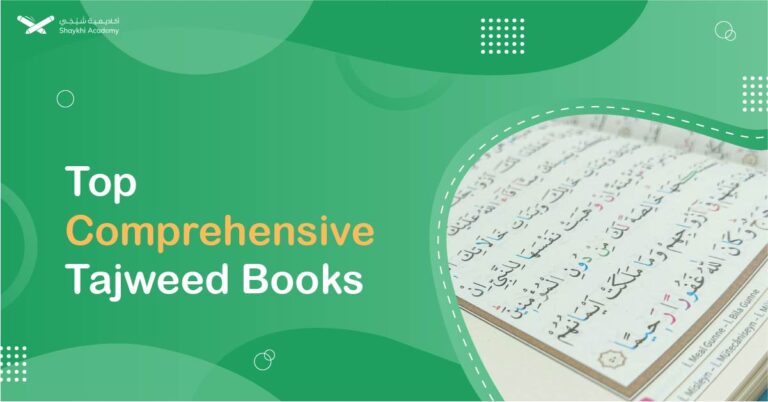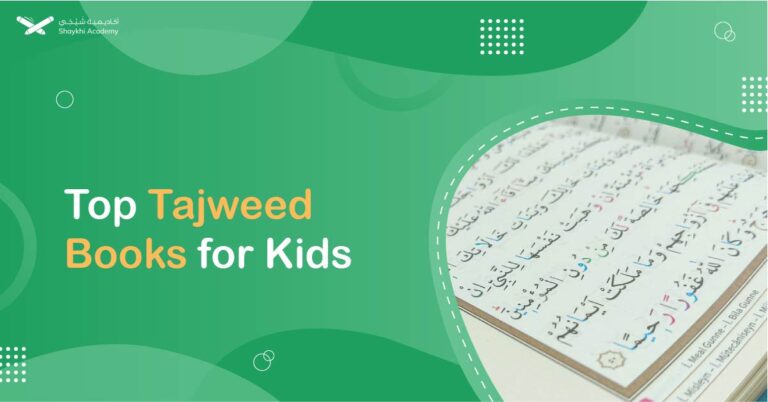Egyptian Arabic Alphabet: In the symphony of linguistic diversity, Egyptian Arabic emerges as a melodious and captivating note, weaving a tapestry of beauty that resonates with the echoes of centuries past. Its distinctive charm lies not only in the rhythmic cadence of its pronunciation but also in the kaleidoscope of cultural influences that dance through its vocabulary.
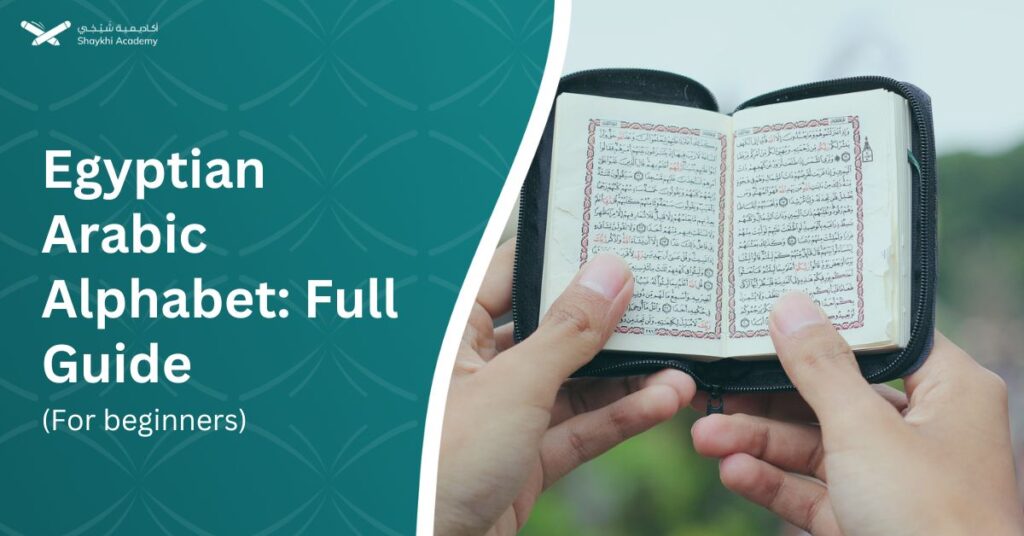
What is the Egyptian Arabic alphabet?
Egyptian Arabic, also known as Masri, is a variety of the Arabic language spoken in Egypt. However, Arabic itself does not have a distinct alphabet solely for Egyptian Arabic. The Arabic script is used for writing Egyptian Arabic, just as it is for other varieties of the language.
The Arabic script is a right-to-left Abjad, which means it primarily represents consonants and employs diacritic marks to indicate vowels. The Arabic alphabet is cursive, with letters connected to each other in various combinations, and the form of these letters can change depending on their position within a word.
While the letters remain consistent across different Arabic varieties, the pronunciation and some vocabulary may differ in Egyptian Arabic compared to other Arabic dialects.
Also learn more about Arabic Alphabet Book: Printable, Online, and English Version.
How many letters are there in Egyptian Arabic?
Egyptian Arabic, like many other Arabic dialects, uses the Arabic script, which consists of 28 letters. These 28 basic letters serve as the foundation for writing in Egyptian Arabic, just as they do for other Arabic varieties, and they are all consonants.
The script includes letters that represent a range of consonant sounds, and the pronunciation of these consonants can be modified by the addition of diacritic marks to indicate different vowel sounds.
Arabic employs a system of short vowels known as “Harakat,” which are represented by diacritic marks placed above or below the consonant letters. These short vowels include “Fatha” (A), “Kasra” (I), and “Damma” (U).
Read: How to learn Arabic Alphabet?
How do you say the alphabet in Egyptian Arabic?
In Egyptian Arabic, the alphabet is pronounced using the same sounds as in Modern Standard Arabic (MSA). The pronunciation of the letters remains consistent across different Arabic varieties. However, the names of the letters in Egyptian Arabic might be influenced by local dialectal nuances and colloquial expressions.
It’s important to note that while the pronunciation of the letters is generally similar to MSA, there may be some variations in how specific letters are pronounced in different Arabic dialects, including Egyptian Arabic.
Here is an approximate representation of how the alphabet is pronounced in Egyptian Arabic, using the standard names for the letters:
- أ (Aleph) – ألف (Aleef)
- ب (Be) – باء (Baa)
- ت (Te) – تاء (Taa)
- ث (Se) – ثاء (Theaa)
- ج (Je) – جيم (Geem)
- ح (Ḥe) – حاء (Ḥaa)
- خ (Khe) – خاء (Khaa)
- د (Dal) – دال (Daal)
- ذ (Dhal) – ذال (Dhaal)
- ر (Re) – راء (Raa)
- ز (Ze) – زاي (Zaay)
- س (Se) – سين (Seen)
- ش (She) – شين (Sheen)
- ص (Ṣa) – صاد (Ṣaad)
- ض (Ẓa) – ضاد (Ẓaad)
- ط (Ṭa) – طاء (Ṭaa)
- ظ (Ẓa) – ظاء (Ẓaa)
- ع (‘Ain) – عين (‘Ain)
- غ (Ghain) – غين (Gheen)
- ف (Fe) – فاء (Faa)
- ق (Qaf) – قاف (Qaaf)
- ك (Kaf) – كاف (Kaaf)
- ل (Lam) – لام (Laam)
- م (Me) – ميم (Meem)
- ن (Ne) – نون (Noon)
- ه (He) – هاء (Haa)
- و (Waw) – واو (Waaw)
- ي (Ya) – ياء (Yaa)
Read Aslo: Where to learn Arabic: countries, universities, and websites.
Why do Egyptians say G instead of J?
The phenomenon of Egyptians pronouncing the Arabic letter “ج” (pronounced as “jeem” in Modern Standard Arabic) as “g” instead of “j” is an aspect of the regional phonological variations found in Egyptian Arabic.
Although Egyptians adopt the pronunciation of the letter as “g” through native tongue acquisition, they usually easily learn how to pronounce it as “j” even before starting school through kids’ Quran recitation classes such as the one launched by Shaykhi Academy.
Reasons behind this phenomenon include:
1- Historical Linguistic Evolution:
The pronunciation differences can be traced back to the historical evolution of languages in the region. Over time, Egyptian Arabic has developed unique phonological characteristics influenced by the languages that have historically been present in the area, such as Coptic and other ancient Egyptian languages.
2- Coptic Influence:
The Coptic language, which is the direct descendant of ancient Egyptian, has had a significant impact on the phonetics of Egyptian Arabic. The Coptic language features the “g” sound, and this influence has carried over into the local dialect, leading to the pronunciation of “jeem” as “g.”
3- Regional Dialectal Variation:
Arabic is a highly diverse language with numerous dialects across the Arab world. Each region may exhibit its own phonological distinctions. In the case of Egyptian Arabic, the “g” pronunciation for “jeem” is a distinctive feature that sets it apart from other Arabic varieties.
4- Social and Cultural Influences:
Language is deeply intertwined with cultural and social identity. The pronunciation of certain sounds, including the “g” sound in place of “j,” is not merely a linguistic choice but also reflects the cultural identity of Egyptians. It creates a linguistic marker that contributes to a sense of local identity and belonging.
5- Language Contact and Borrowing:
Language contact with other cultures and languages, such as those of the Mediterranean and African regions, has also played a role in shaping the phonetics of Egyptian Arabic. The borrowing of sounds and pronunciation patterns from neighboring languages can lead to the emergence of unique phonological features.
6- Ease of Pronunciation:
The “g” sound might be easier for Egyptians to pronounce in certain linguistic contexts. This preference for ease of articulation can contribute to the persistence and prevalence of the “g” pronunciation in colloquial speech.
7- Dialectal Variation within Egypt:
Within Egypt, there are various regional dialects and accents. The pronunciation of “ج” as “g” may vary among different regions of the country, contributing to a mosaic of linguistic diversity. Local influences and historical linguistic developments within each region could shape these variations.
8- Informal Speech and Everyday Conversations:
In informal settings and everyday conversations, speakers may unconsciously opt for pronunciation patterns that feel more natural or casual. The use of “g” instead of “j” in colloquial speech could be a result of this informal linguistic choice, emphasizing comfort and familiarity in communication.
9- Generational Linguistic Shifts:
Language is dynamic, and linguistic shifts can occur across generations. Younger generations may adopt certain pronunciation patterns that differ from those of their elders. Changes in pronunciation may be influenced by exposure to various media, technology, and evolving social dynamics.
10- Influence of Popular Culture and Media:
Popular culture, including music, movies, and television, often plays a significant role in shaping linguistic trends. If influential figures in Egyptian media or entertainment pronounce certain sounds in a specific way, it can have a cascading effect on the broader population, contributing to the adoption of “g” in place of “j” in spoken language.
Is Egyptian Arabic different from Modern Standard Arabic?
Yes, Egyptian Arabic is a specific variety of Arabic that is distinct from Modern Standard Arabic (MSA) and other Arabic dialects.
While they share a common linguistic foundation, there are significant differences in pronunciation, vocabulary, and certain grammatical features between Egyptian Arabic and the broader category of Arabic as a whole.
The differences between Egyptian Arabic and MSA manifest in the rarity of finding Egyptian Arabic courses, and the widespread MSA courses; such as the ones offered by Shaykhi Academy.
1- Difference in Pronunciation:
Modern Standard Arabic follows a standardized pronunciation that is used uniformly in formal contexts throughout the Arab world. It aims for a consistent and clear pronunciation to facilitate mutual understanding.
Pronunciation in Egyptian Arabic exhibits distinct variations from MSA. Certain sounds and letters may be pronounced differently, contributing to the unique phonetic characteristics of this regional dialect.
2- Difference in Verb Conjugation:
Modern Standard Arabic employs a more intricate system of verb conjugations, adhering to formal grammatical rules. The conjugation patterns are often more complex, reflecting the language’s roots in classical Arabic.
In contrast, Egyptian Arabic tends to simplify verb conjugations, especially in spoken and informal contexts. This simplification enhances ease of communication in everyday speech.
3- Difference in Diglossia:
Modern Standard Arabic functions as the formal, literary language used in writing, official documents, and formal speeches. It is often reserved for educational and media purposes.
Egyptian Arabic serves as the spoken dialect for daily communication, illustrating the diglossic nature of Arabic. This informal variety is employed in casual conversations and interactions.
4- Difference in Vocabulary:
The vocabulary in Modern Standard Arabic is formal and standardized, often rooted in classical Arabic. It maintains consistency across the Arab world, making it suitable for official communication.
Egyptian Arabic incorporates loanwords from historical influences such as Coptic, Turkish, French, and English. This diversity enriches the vocabulary of Egyptian Arabic and reflects its unique linguistic history.
5- Difference in Slang and Colloquial Expressions:
MSA generally lacks the colloquial expressions and slang found in everyday spoken Arabic. It prioritizes a more formal and standardized lexicon.
Egyptian Arabic features a rich array of colloquial expressions and slang used in informal communication. This aspect adds vibrancy and cultural depth to the language in everyday contexts.
6- Difference in Grammar Structures:
MSA adheres to a more rigid grammatical structure, particularly in formal writing. The syntax follows classical Arabic rules, contributing to a sense of formality.
Egyptian Arabic allows for more flexibility and simplicity in sentence structures, particularly in spoken language. This adaptability makes it well-suited for informal communication.
7- Difference Use of Pronouns:
MSA often employs formal pronouns in all contexts, emphasizing a level of politeness and formality in communication.
Egyptian Arabic may use informal and colloquial pronouns in casual conversation, reflecting a more relaxed and familiar tone.
8- Difference in Influence of Historical Languages:
MSA draws heavily from classical Arabic, with less influence from historical languages. It maintains a linguistic connection to the Quran and classical literature.
Egyptian Arabic incorporates elements from ancient Egyptian and Coptic languages due to the region’s unique historical background. This influence adds a distinctive layer to the language.
9- Difference in Regional Dialects:
MSA remains largely consistent across the Arab world, serving as a common form of communication that transcends regional variations.
Egyptian Arabic exhibits regional variations within Egypt itself, reflecting diverse linguistic influences and contributing to a range of local dialects.
10- Difference in Formality in Addressing:
MSA adheres to formal address forms, especially in written communication. It emphasizes politeness and respect in formal interactions.
Egyptian Arabic allows for more informal and familiar forms of address in everyday conversation, promoting a sense of camaraderie and familiarity in informal settings.
11- Difference in Quranic Learning:
When it comes to learning the Quran, Modern Standard Arabic (MSA) is typically the preferred choice due to its formal and standardized nature.
The Quran is written in classical Arabic, and MSA closely aligns with the classical form of the Quranic Arabic taught by Quran academies such as Shaykhi Academy. MSA is the language of instruction in many Islamic educational institutions and is used in materials designed for teaching the Quran.
While MSA is generally more suitable for formal Quranic studies, it’s worth noting that many Muslims also seek to join Tajweed courses to recite the Quran accurately.
12- Difference in Media and Broadcasting:
MSA is used in formal media broadcasts, news, and official communication across the Arab world. It is the standard language for television, radio, and written news articles.
While Egyptian Arabic is also present in media, it is more commonly used in local programming, entertainment shows, and informal discussions. Egyptian dialects may be favored in content aimed at local audiences.
13- Difference in Education and Academia:
MSA is the language of instruction in formal education, especially in subjects like literature, history, and science. It is the primary medium for academic writing.
Egyptian Arabic is used informally in everyday educational settings, but not typically employed for academic research or formal academic communication. MSA is more common in scholarly publications.
14- Difference in Literature and Written Communication:
MSA is commonly used in formal and literary writing, including novels, poetry, and essays. Classical Arabic literary traditions heavily influence MSA literature.
While there is some written material in Egyptian Arabic, it is less prevalent in formal literature. Informal written communication often uses a mix of Arabic script and Latin script, known as Arabizi.
15- Difference in Cross-Dialectal Communication:
MSA serves as a common ground for communication between speakers of different Arabic dialects. It facilitates mutual understanding in diverse Arabic-speaking communities.
Egyptian Arabic is primarily used for communication within Egypt; however, Egyptians are generally proficient in MSA, enabling them to communicate effectively with speakers of other Arabic dialects.
Read an indepth discussion on How Long Does It Take To Learn Arabic?
Master the Art of the Arabic Language with Shaykhi Academy
Embark on a transformative journey to master the art of the Arabic language with our Arabic online courses and classes at Shaykhi Academy. Our qualified teachers bring the beauty of Arabic to life, offering a comprehensive learning experience that spans pronunciation, vocabulary, grammar, and cultural nuances.
Whether you’re a beginner or seeking to enhance your proficiency, our courses cater to all levels. Immerse yourself in the richness of the language, explore diverse Arabic dialects, and discover the cultural intricacies that make Arabic truly unique.
Join us today and unlock the doors to a world of linguistic beauty and cultural understanding. Start your Arabic learning adventure now!
The Egyptian Arabic dialect stands out as a distinctive and vibrant linguistic variant within the broader Arabic language landscape. Notable for its unique phonological features, the dialect often exhibits the pronunciation of certain sounds, such as the Arabic letter “ج” (jeem), as “g” rather than “j.”
